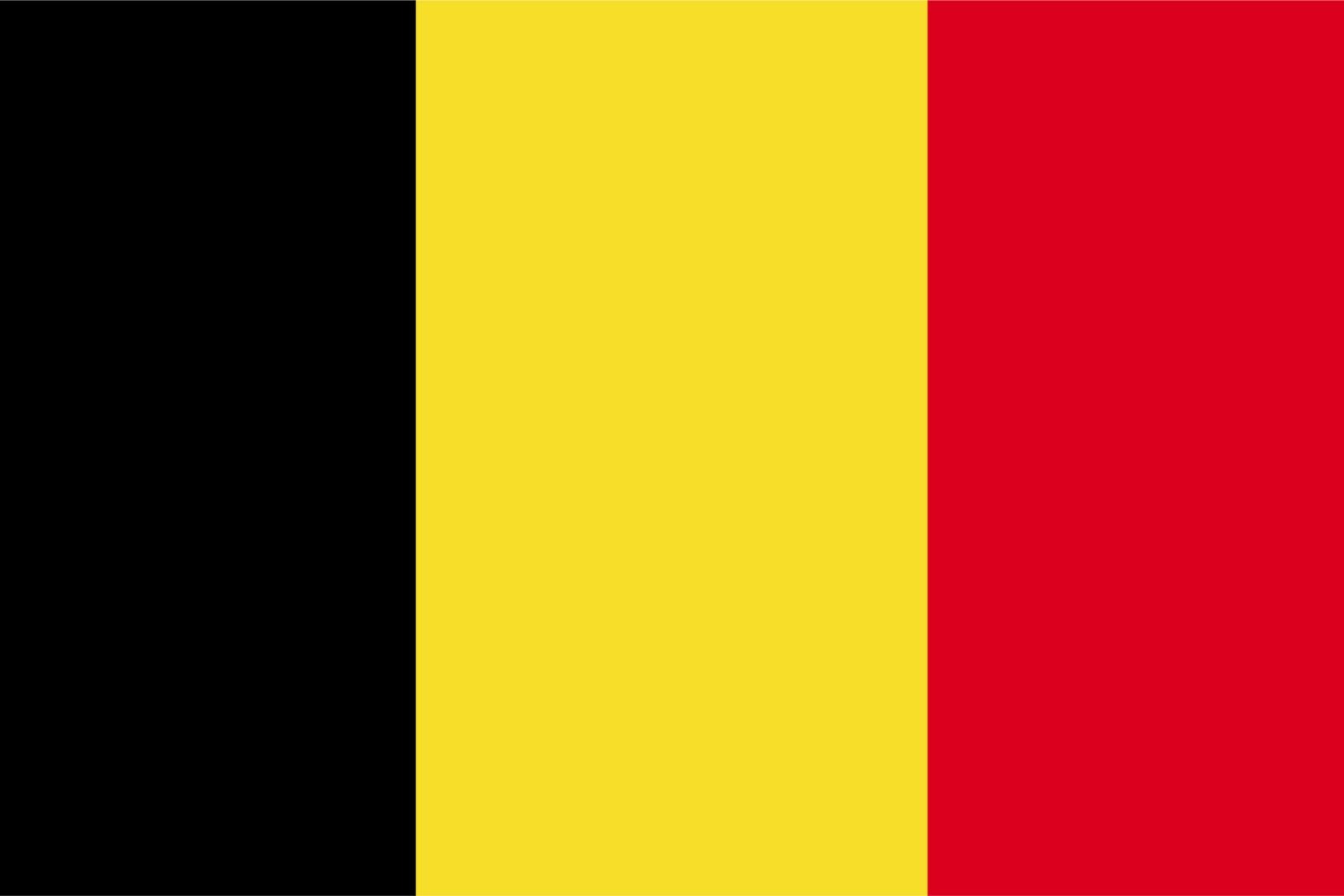speckledtroutrodeo.com – The Belgium flag is a prominent national symbol that represents the country’s rich history and cultural diversity. This tricolor flag, featuring black, yellow, and red stripes arranged horizontally, has a story that is deeply intertwined with the nation’s journey towards independence and unity.
Historical Significance
The origins of the Belgium flag can be traced back to the 19th century, during the period when Belgium was seeking independence from the Netherlands. The flag was officially adopted on January 23, 1831, shortly after the country declared its independence in 1830. The design was inspired by the Brabant Revolution flag, which was used by the rebels fighting for independence.
Symbolism
The colors of the Belgium flag hold significant meanings:
- Black represents the rich soil of the country and the hardships endured during the struggle for independence.
- Yellow symbolizes the wealth and resources of Belgium, including its fertile lands and industrial prowess.
- Red stands for the blood spilled by the heroes who fought for the nation’s freedom.
Design and Proportions
The Belgium flag has a simple yet powerful design. The three horizontal stripes are of equal width, with the black stripe at the top, followed by yellow, and red at the bottom. The flag’s proportions are typically 13:15, which means the length is 15 units and the height is 13 units, ensuring that the flag maintains its distinctive shape and symbolism.
Usage and Respect
The Belgium flag is flown with pride on public and private buildings, during national holidays, and at international events. It is a symbol of national identity and unity, representing the diverse population of Belgium, which includes Flemish, Walloon, and German-speaking communities.
Respect for the flag is important, and there are guidelines for its proper display and handling. For instance, the flag should not be used for commercial purposes without permission, and it should be treated with dignity, avoiding any actions that might damage or disrespect it.
Conclusion
The Belgium flag is more than just a piece of cloth with colors; it is a symbol of the country’s history, values, and aspirations. It stands as a testament to the Belgian people’s resilience and their commitment to preserving their unique cultural heritage while embracing the diversity that makes their nation strong. As Belgium continues to evolve, the flag remains a constant emblem of its past, present, and future.
